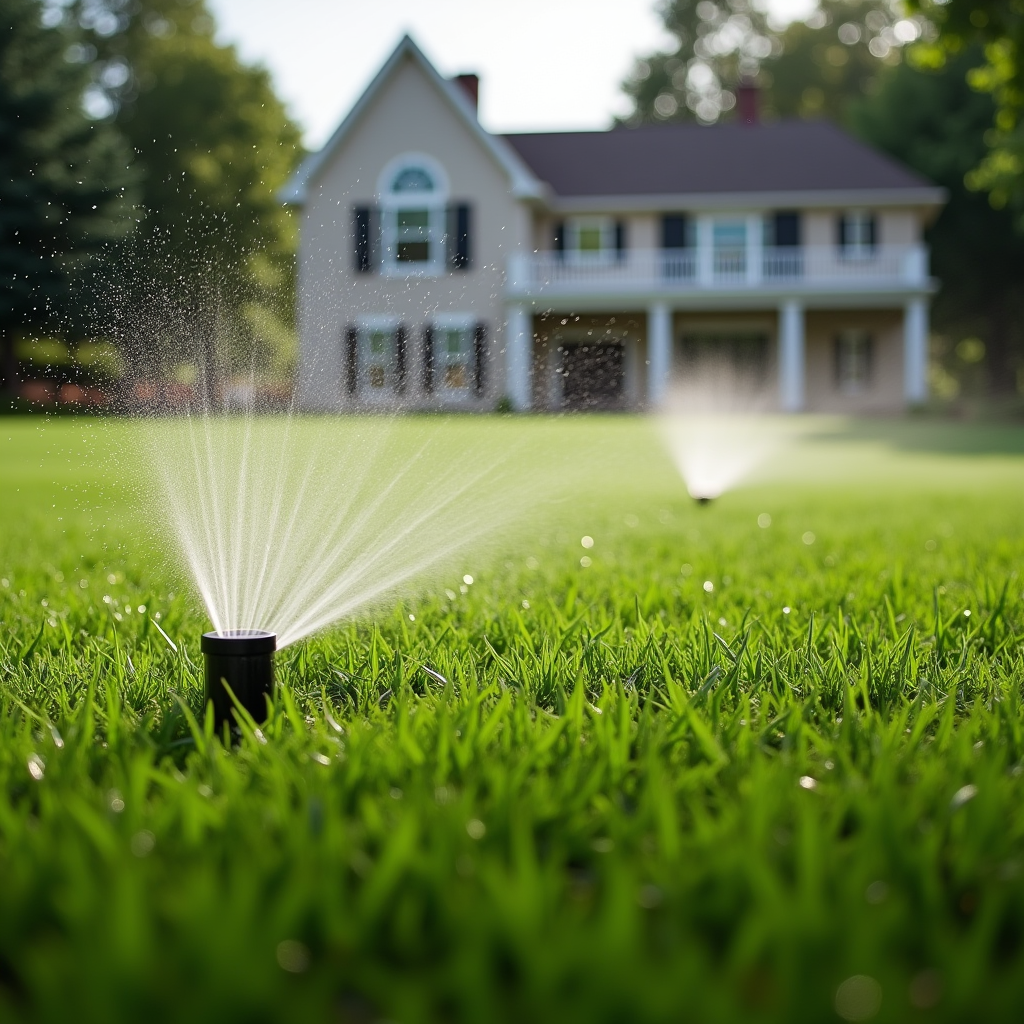Creating a vibrant garden is like painting on a canvas where every leaf, flower, and stone adds to the masterpiece. One of the most essential aspects of landscape design is understanding how to create contrast with textures and colors. In this article, we will dive deep into various methods and ideas that can help you achieve a stunning visual impact in your outdoor spaces.
What Does Creating Contrast Mean?
Creating contrast involves placing different elements next to each other to highlight their differences. In gardening, this could mean contrasting colors of flowers or varying textures of foliage.
Why is Contrast Important in Landscape Design?
- Visual Interest: A garden lacking contrast may appear monotonous or dull. Focus Points: By creating contrast, you can draw attention to certain areas or features in your garden. Depth and Dimension: Contrast helps in giving the garden layers, making it feel more expansive and inviting.
Understanding Textures in Your Garden
What Are Textures?
When discussing textures in landscape design, it refers to the surface quality of plants, materials, and elements within your garden. Textures can be smooth, rough, glossy, matte—each contributing uniquely to the overall aesthetic.
Types of Textures to Consider
Foliage Texture- Large-leaved plants vs. small-leaved plants Glossy leaves vs. matte leaves
- Delicate petals vs. sturdy blooms Fragrant flowers vs. non-fragrant varieties
- Smooth stones vs. rough boulders Wooden fences vs. metal structures
Creating Contrast with Textures
Layering Different Textures
Layering various textures can create depth in https://rentry.co/qy6nscu7 your garden:
- Combine smooth pebbles with rough tree bark. Use soft ornamental grasses next to stiff sculptural plants.
Texture Combinations for Impact
- Pair feathery ferns with bold hostas for a striking contrast. Mix spiky succulents with round flowering plants for an eye-catching display.
Understanding Colors in Your Garden
Color Theory Basics
Colors are categorized into three main groups:
Primary Colors: Red, Blue, Yellow Secondary Colors: Green, Orange, Purple Tertiary Colors: Combinations of primary and secondary colorsThe Mood of Colors
Different colors evoke different feelings:
- Warm colors (reds and yellows) tend to be energizing. Cool colors (blues and greens) offer tranquility.
Creating Contrast with Colors
Complementary Color Schemes
Using complementary colors (opposites on the color wheel) creates vibrant contrasts:
- Pair yellow flowers with purple foliage. Use red blooms against green leaves.
Analogous Color Schemes for Harmony
For a more subtle approach:
- Choose neighboring colors on the color wheel like blue, blue-green, and green for a cohesive look while still providing some contrast.
Balancing Color Saturation and Brightness
Saturation Levels Matter
Mix bright hues with muted tones to avoid overwhelming visuals:

- Vibrant tulips among pastel pansies can create a lovely balance.
Playing with Lightness and Darkness
Dark foliage against light blossoms enhances visibility:
- Consider dark burgundy plants paired with white flowers for striking results.
Incorporating Natural Elements for Texture and Color Contrast
Rocks and Stones as Features
Incorporating natural materials provides additional texture:
Use large boulders as focal points surrounded by softer planting beds. Gravel paths contrasted against lush greenery can enhance flow.Water Features as Reflective Elements
Water features add another layer:
- The reflections from water can change how color appears throughout the day.
Practical Tips for Creating Contrast in Your Garden Design
Scale Matters: Proportionate Planting Choices
Choosing plants that are proportionate to each other helps maintain visual balance while allowing texture and color contrasts to stand out effectively.
Seasonal Considerations: Year-Round Interest
Plan for seasonal changes by selecting plants that bloom at different times of the year or have varying foliage colors throughout seasons—like deciduous trees that change color dramatically in autumn.
Common Mistakes When Creating Contrast
Overdoing It: Less is More Approach
While contrasting textures and colors is vital, too much variety may lead to chaos rather than harmony—always aim for balance!
Ignoring Scale & Proportion Issues
It's easy to get carried away; ensure your larger features don't overpower smaller ones as they compete visually against one another.
Tools & Resources for Effective Landscape Design North Carolina Residents Can Use
To help you achieve your dream garden filled with texture and color contrasts:
Online Design Tools Local Gardening Centers Landscape Design Software
These resources ensure that even novice gardeners can create beautifully contrasting gardens right at home!
Examples of Successful Color & Texture Contrasts Around the World!
Explore renowned gardens across continents showcasing masterful use of both texture & color contrasts—from Japan's serene Zen gardens featuring raked gravel juxtaposed against lush greenery—to England’s colorful cottage gardens bursting with floral diversity!
FAQs About Creating Contrast with Textures and Colors in Your Garden
What are some great plant combinations for contrast?
Consider mixing tall sunflowers with low-growing marigolds; this combination offers height along with rich yellow hues bringing vibrancy throughout any season!
How do I choose the right colors based on my house exterior?
Look at undertones present on your home's facade; neutral tones allow flexibility while bolder shades require careful consideration so they don’t clash!
Can I achieve contrast without spending too much money?
Absolutely! Reuse existing materials creatively—paint pots differently or propagate cuttings from friends’ gardens!
Is it possible to create winter interest using contrast?
Yes! Evergreens retain their structure while colorful berries provide visual appeal even during colder months—choose wisely!
5 . What maintenance does contrasting gardens require?
Regular upkeep such as pruning dead branches & deadheading spent blooms ensures vibrancy stays alive all season long!
6 . How often should I change up my garden's layout?
Ideally once every few years allows roots time enough time settle down but refreshes visuals regularly!
Conclusion
Creating contrast with textures and colors in your garden isn’t just about aesthetics; it’s about making a statement that reflects personal style while enhancing nature’s beauty around us! Whether you live here locally or elsewhere across America—the landscape design principles apply universally! Remember—a well-planned space brings joy not only today but also tomorrow as seasons transform our surroundings again & again!
So roll up those sleeves because every gardener has something unique waiting just beneath those freshly turned soils!